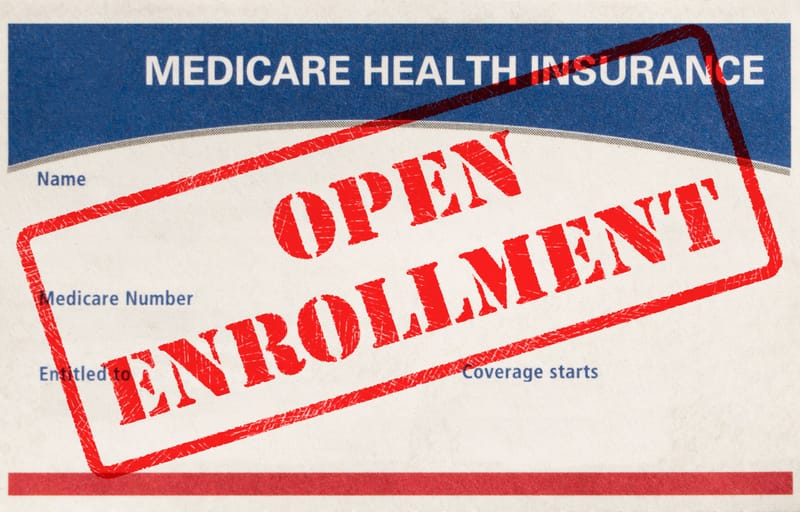Some important questions I'm asked this time of year.
1. I have a Medicare Advantage plan that doesn't fit my current needs. My RX co-pays have jumped since the first of the year. Do I still have an option to change plans?
Yes. If your RX co-pays have jumped since the beginning of the year, you might still have options!
During the Medicare Advantage Open Enrollment Period (Jan 1 – Mar 31), you can:
*Switch to a different Medicare Advantage plan.
* Drop your plan and go back to Original Medicare (and add a Part D plan if needed).
Special Enrollment Periods (SEPs) may also apply if you’ve had certain life changes.
⭐ And don’t forget about the 5-Star Special Enrollment Period if there’s a top-rated plan available in your area.
2. I'm turning 65 in the next couple of months. When can I sign up for Medicare and what are my options?
If you’re approaching your 65th birthday, congratulations! Along with the celebration, it’s also time to start thinking about your healthcare coverage through Medicare. Understanding when and how to enroll, as well as the coverage options available, is essential to avoid unnecessary penalties and ensure you’re getting the best plan for your needs.
When Can You Sign Up?
Your first chance to enroll in Medicare is during your Initial Enrollment Period (IEP).
*This period lasts 7 months.
*It begins 3 months before the month you turn 65, includes your birthday month, and ends 3 months after.
Example: If your birthday is in June, your IEP runs from March 1 to September 30.
What Are Your Medicare Options?
You have several options to choose from when enrolling in Medicare:
1. Original Medicare (Parts A & B)
Part A: Hospital insurance (most people get this premium-free if they paid Medicare taxes while working)
Part B: Medical insurance (requires a monthly premium).
Does not include prescription drug coverage
Medicare Advantage (Part C):
*An alternative to Original Medicare that bundles Parts A & B and often includes
Part D (prescription drug coverage).
*May offer additional benefits like dental, vision, and wellness programs.
*Plans are provided by private insurance companies approved by Medicare.
2. Medicare Prescription Drug Plan (Part D):
*Standalone plans that provide prescription drug coverage for those on Original Medicare.
Requires a separate premium.
3. Medicare Supplement Insurance (Medigap):
* Private insurance designed to help cover out-of-pocket costs not paid by Original Medicare (like deductibles and coinsurance).
*Not compatible with Medicare Advantage plans
Important Considerations:
*Enroll on time to avoid late enrollment penalties, especially for Part B and Part D.
*Compare your options to ensure you choose the plan that best meets your health and budget needs.
3. I am moving and will have to change doctors, or, I am moving and I don't know if my current Medicare plan will continue to work. What are my options?
If you’re moving and worried about your Medicare coverage, you may qualify for a Special Enrollment Period (SEP) to change your plan. Here’s what you can do:
*Check if your current plan is available in your new area.
*Change your plan if it's not available or if you find a better fit.
You have up to 2 months after your move to make changes.
I know Medicare can be confusing. Talk to a professional whose only motivation is to make life a bit easier while you navigate through the challenges of Medicare!
Need Help Enrolling?
Understanding your Medicare options doesn’t have to be confusing. Contact me today to explore your choices and find the plan that’s right for you!
I'm here to help make your Medicare journey as smooth as possible.
Thank you Rick
Rick Peterson, Independent Agent, Bilhartz Desert Insurance Agency CA License #OE5292928
949-677-3864 rick@bilhartzinsurance.com







